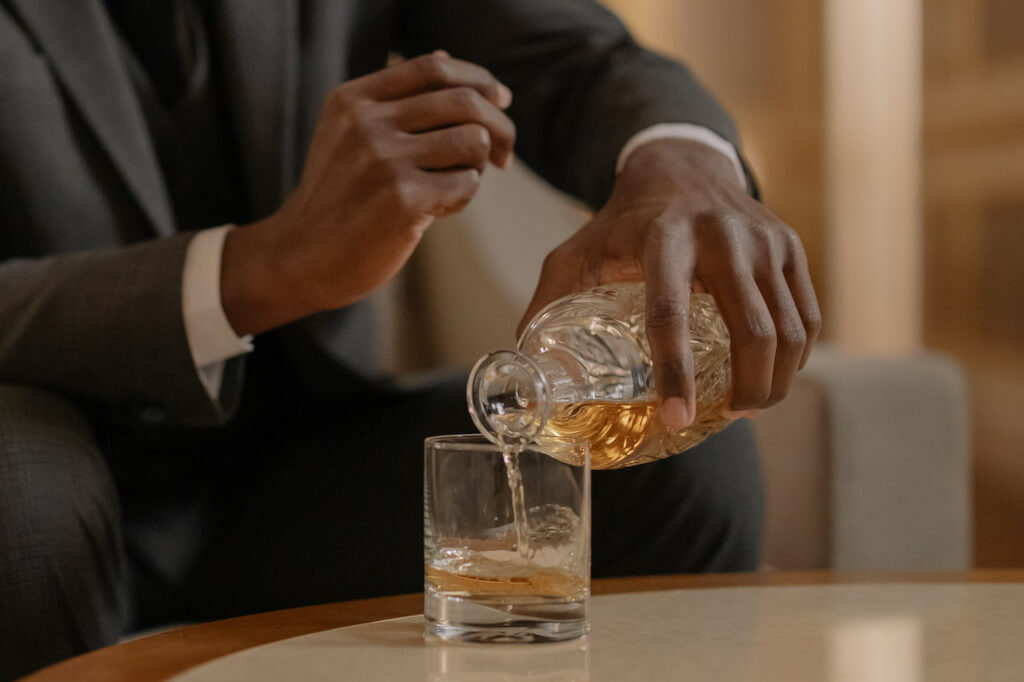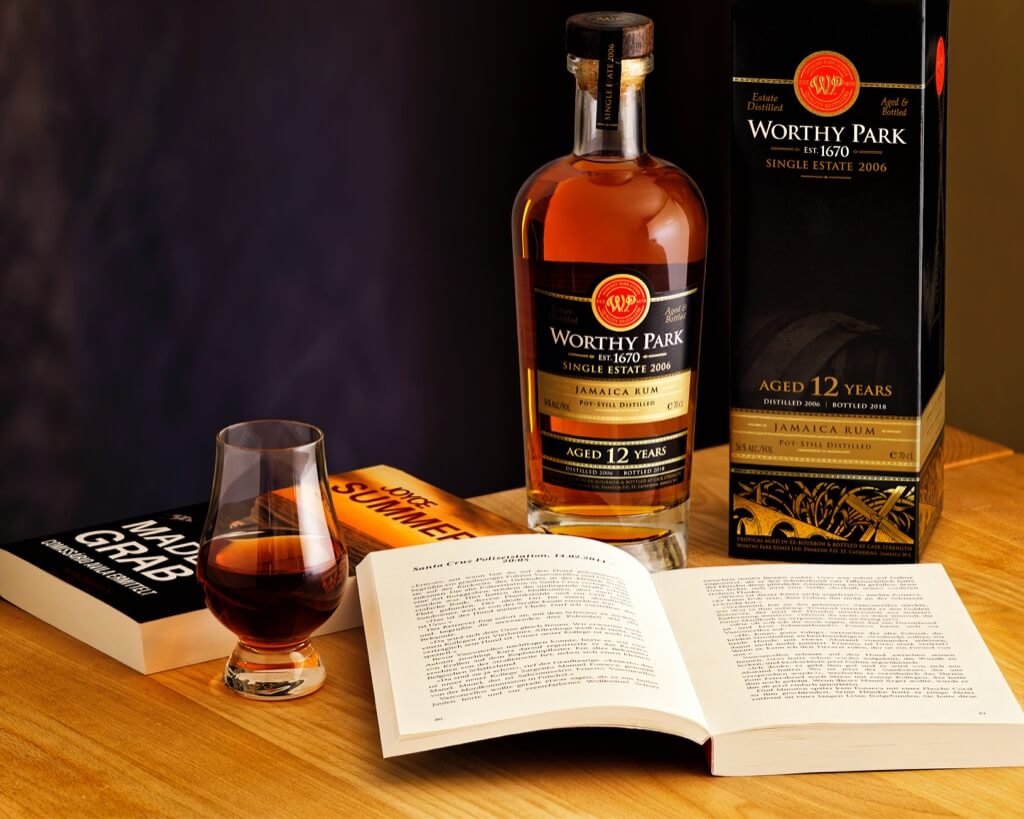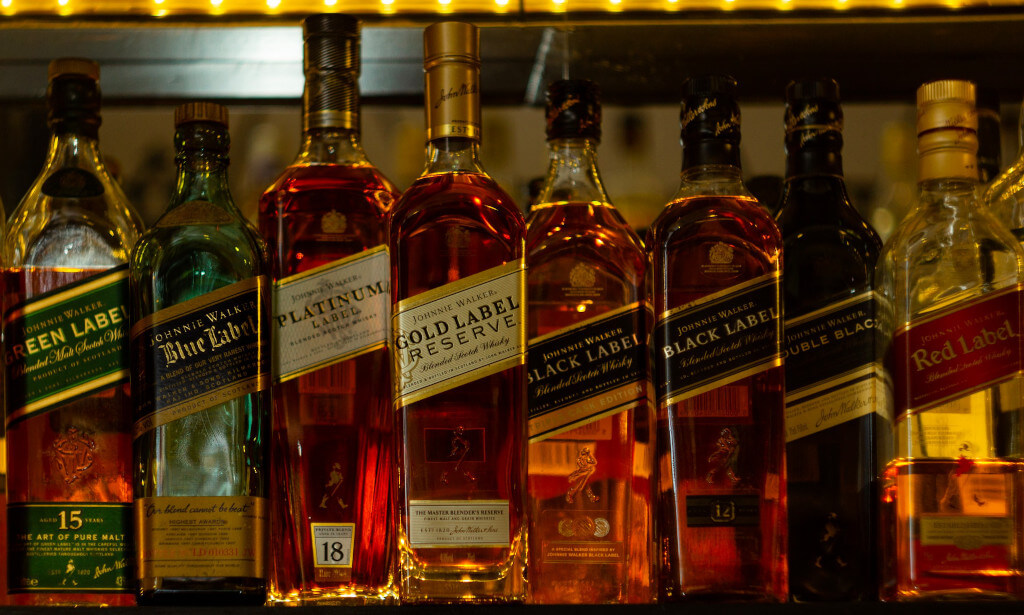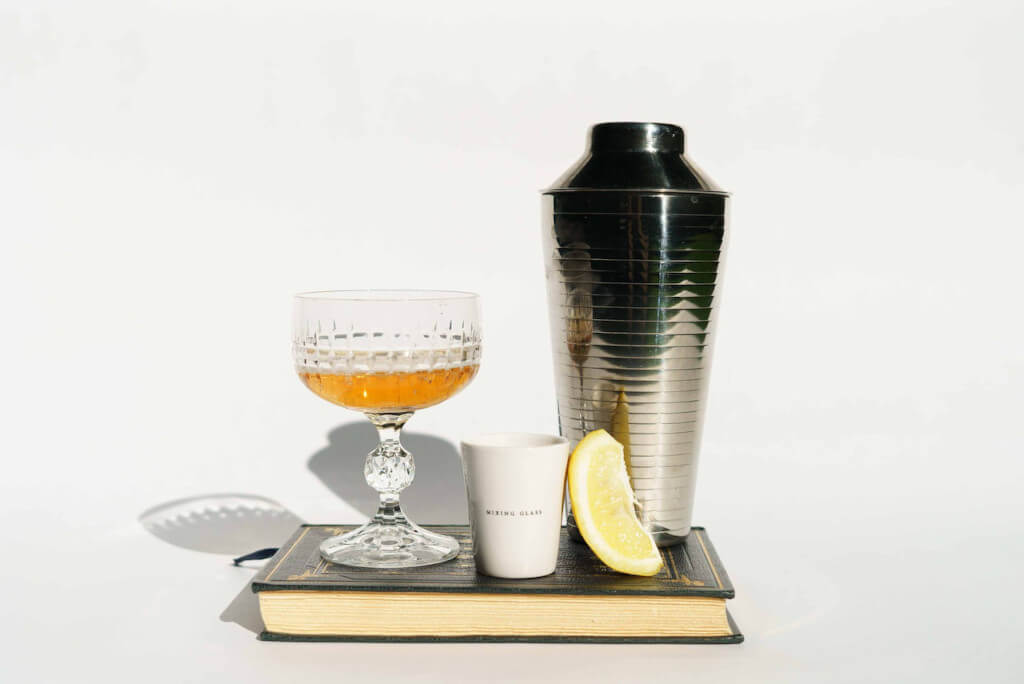A good old-fashioned whiskey drink is the perfect accompaniment to a night spent in a dark leather-upholstered sofa in front of a crackling fire. However, it might be difficult for those who don’t drink whiskey regularly to navigate the whiskey portion of a bar’s drinks menu. This guide is for you if you’ve ever been confused about terms like “single malt” and “bourbon,” or if you’ve never been sure whether it’s best to drink your whiskey neat or on the rocks.
Whiskey, surprisingly, shares many similarities with the wine industry. Similar to wine, which is manufactured from grapes, whiskey is produced all over the world and comes in a wide range of styles depending on the grain used in its production. There are six basic types of whiskey to choose from if you’re a fan of the spirit: Irish whiskey, scotch, Tennessee whiskey, bourbon, Canadian whiskey, and Japanese whiskey. I say, “Shall we?”
Whiskey, What is it?
It’s an alcoholic drink that’s distilled from fermented barley mash. Barley, corn, rye, and wheat are only some of the grains that go into making whiskey, and they can all be malted. Wooden casks, often charred white oak, are used to age whiskey.
What is the Distinction Between Moonshine and Whiskey?
Moonshine is essentially a transparent distilled spirit or clear whiskey that is bottled directly from the distilling pot without maturing, whereas whiskey obtains its unique color via aging in a barrel. Moonshine refers to whiskey that is illegally produced to avoid paying taxes on it. Others argue that the term “moonrakers,” referring to English smugglers, is where the word “moonshine” got its start.
Do You Spell It Whiskey or Whisky?
Whisky is how it’s spelled in Scotland; Whiskey is how it’s spelled in Ireland and much of the rest of the globe (though some people omit the ‘e’). In other words, the only difference is in the method of production and the substances employed.
Angels Share
While whiskey is aging in wooden barrels, some of it is lost through evaporation. The so-called “angel’s share” has been interpreted by some as a tax on angels. Evaporation accounts for around 2% of annual water loss in Scotland. In more temperate regions, like Kentucky and Tennessee, it may reach 10% the first year and hover around 4% the year thereafter. The angels’ cut may reach 12% annually in India. The angels’ stake could grow to 50% or more during the maturation. That’s either a lot of angels or a lot of whiskey.
American Whiskey
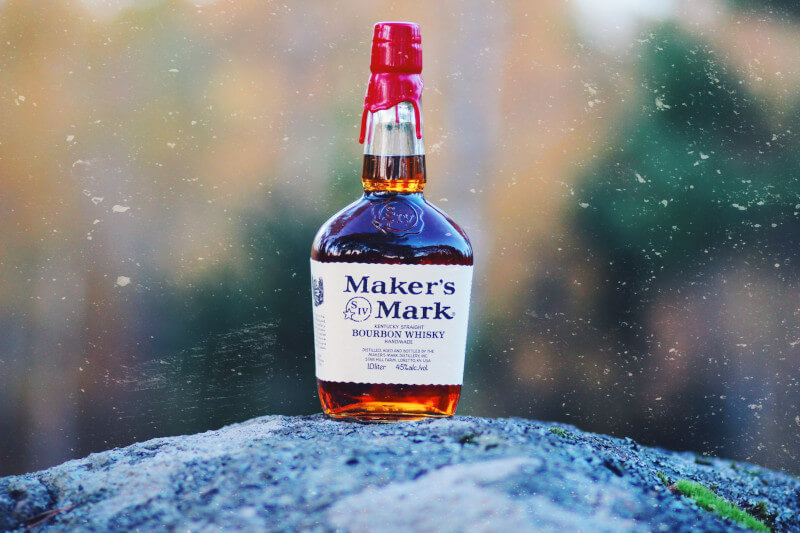
There are numerous whiskey styles produced in the USA. Tennessee whiskey and bourbon are the most well-known types, but rye and moonshine are also widely consumed. Whiskey labeled as “Tennessee” must be distilled and aged in the Volunteer State using three grains: corn, rye, and malted barley. In a process known as the Lincoln County Process, the whiskey is filtered through charcoal to enhance its flavor. Although there are many other notable brands available, Jack Daniels is among the best examples of Tennessee whiskey.
Bourbon
Although bourbon is traditionally associated with Kentucky, unlike Tennessee whiskey, it need not be produced in the Bluegrass State to be called bourbon. However, it must be produced in the United States and aged for at least two years in new charred oak barrels. Bourbon whiskey has a sweeter flavor than other types of whiskey because it contains at least 51% maize.
Rye
Unlike bourbon, rye whiskey must include 51% rye grain and has a spicier, drier flavor profile. White whiskey, commonly called moonshine or white dog, is unaged whiskey. The flavor of moonshine is often compared to that of vodka, and it is frequently utilized in modern mixed beverages.
Whiskey From Scotland
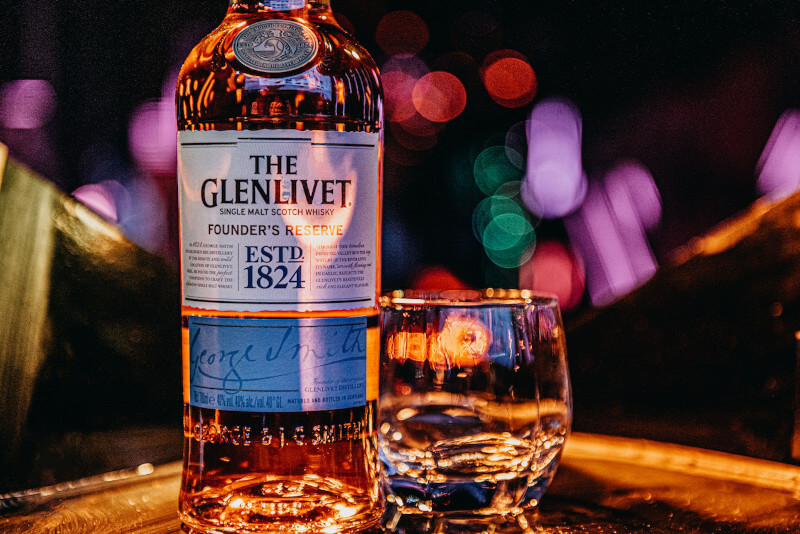
Scotch, or Scottish whiskey, is a type of malt whiskey that is typically fermented, distilled in pot stills and matured in oak barrels for at least three years. One need not be a scotch drinker to be familiar with the term “single malt.” One of the most well-known types of scotch. The term “single malt” refers to the fact that the whiskey used in the final product comes from a single distillery. More than one barrel is implied.
Whiskies aged in various barrels take on distinctive flavor profiles, making it imperative that they be blended before being released to the public. The distillery’s master blender will sample the contents of each barrel and blend them to ensure that the final product maintains the desired flavor profile. Scotch is considered single malt if it comes from only one distillery. The smokiness of Scotch comes from the process of drying the barley used to make it over a peat fire.
Whiskey Made in Canada
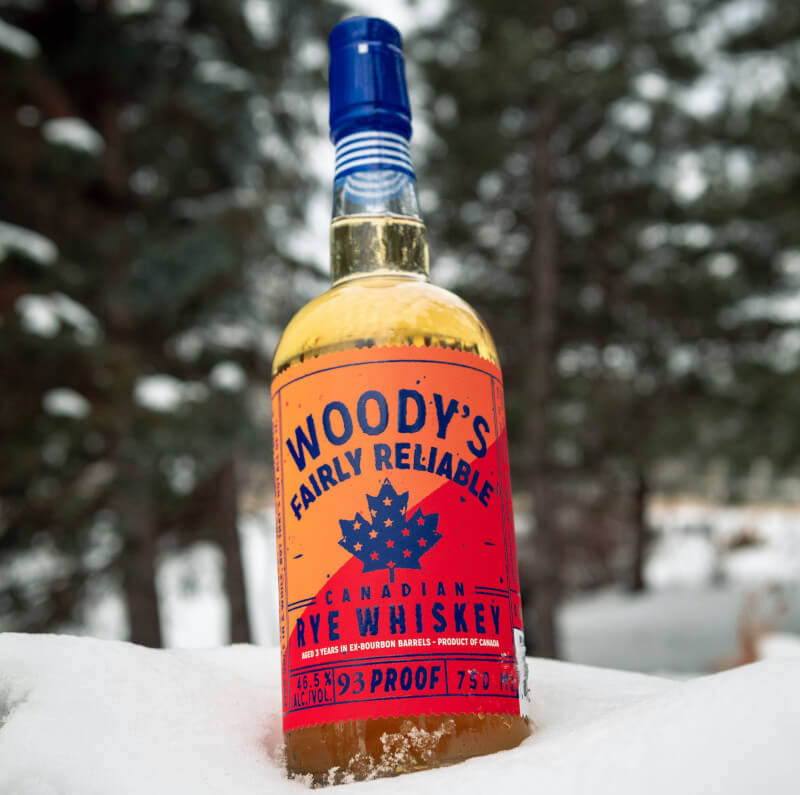
Canadian whiskey dates back to the early 1800s and shares many similarities with Scotch whiskey and bourbon. During Prohibition, it rose to prominence as bootleggers smuggled alcohol into speakeasies across the United States. Fans of “Mad Men” will recognize this brand as Don Draper’s preferred beverage. Canadian whiskey is primarily manufactured from a blend of grains, with rye being the primary component. This makes the whiskey more delicate and refined in flavor. The minimum required time for aging in wooden containers is three years. Longer aging times are a deliberate aesthetic choice by some distilleries.
Whiskey from Japan
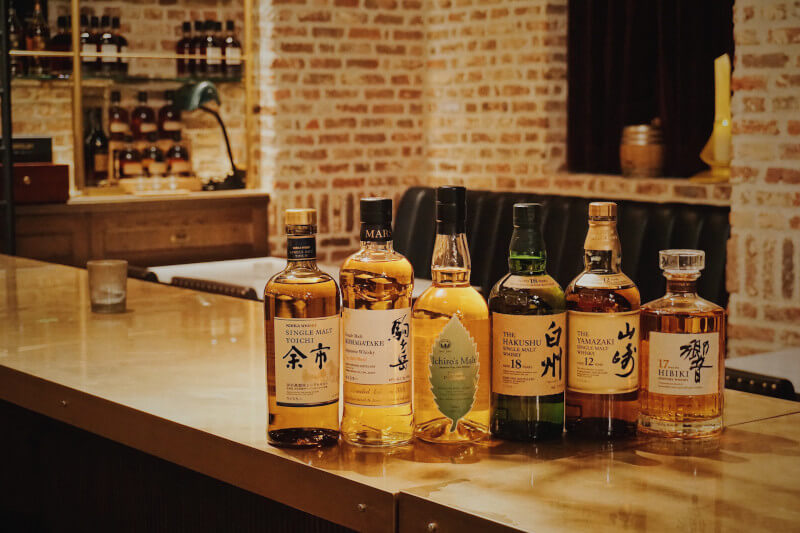
Suntory time: the perfect way to unwind. You know a little bit about Japanese whiskey if you’ve seen Lost in Translation. Yamazaki, the nation’s first distillery, first opened its doors in 1924. The whiskey has more in common with Scotch than any of the others here. Japanese distilleries intended to create their versions of Scotch. However, Japanese whiskey has matured into its own in recent decades. Like Scotch, it is primarily prepared from barley malt that has been peated and distilled in pot stills. Still, it’s distinct from scotch in that it’s aged in a variety of barrels, including American white oak, sherry casks, and even rare Japanese oak. Longer fermentation durations and charcoal filtering are used in the production of some Japanese whiskies.
Whiskey Tasting Tips
Various whiskey cocktails, such as the Old Fashioned and the Manhattan, are wonderful. Also, the Mint Julep is a must-have during the Kentucky Derby. Like a fine glass of wine, straight whiskey is best enjoyed by first inhaling its aroma before tasting it. Water is often added to high-quality whiskies. Some say it enhances the flavor by releasing aromatics. Use one massive cube if you want yours on the rocks. This will melt gradually, preventing the spirit from being watered down. Do you share my fondness for Irish whiskey, or do you prefer a different type? In whatever form you choose to take in this “water of life,” I pray that you grow from the experience. If you’re ever at a bar and can’t decide what to have, whiskey is always a safe bet.
Author Profile
Danielle is a seasoned whiskey expert with a passion for exploring the rich world of spirits. She is a dedicated writer who shares her extensive knowledge of whiskey through engaging articles. Danielle’s expertise extends beyond whiskey, as she also contributes to various publications, including Volcanic, TXTR, and ThreeToFour, where she delves into the diverse universe of beverages, lifestyle, and culture.


